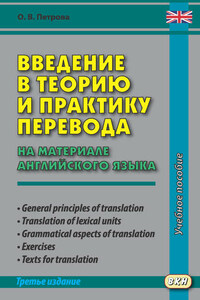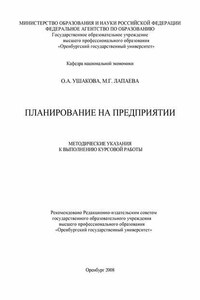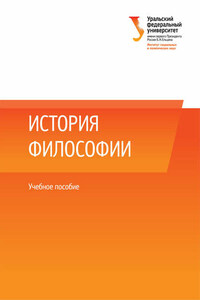Введение в теорию и практику перевода (на материале английского языка)
Автор книги - Ольга Петрова. Произведение относится к жанру современная проза. Оно опубликовано в 2016 году. Международный стандартный книжный номер: 978-5-7873-1096-2.
Учебное пособие предназначено для студентов переводческих факультетов и отделений и может использоваться как при проведении семинаров по курсам теории и практики перевода, так и при самостоятельной работе студентов.
Цель пособия – дать студентам представление об общих принципах перевода, познакомить их с приемами и способами решения типичных лексических и грамматических проблем при переводе с английского языка на русский, а также сформировать у студентов навыки использования этих приемов. Поэтому тексты подобраны не по принципу актуальности содержания, а по принципу наличия в них определенных переводческих трудностей.
Издание третье.





